Do you have a question about the Danfoss VLT HVACDrive and is the answer not in the manual?
| Output Voltage | 0 V to Input Voltage |
|---|---|
| Protection Features | Overcurrent, Overvoltage, Undervoltage, Overtemperature, Short Circuit |
| Communication Protocols | Modbus RTU, BACnet MS/TP, Ethernet/IP, Profibus DP |
| Enclosure Rating | IP20, IP21 |
| Ambient Temperature | -10°C to +50°C (without derating) |
| Relative Humidity | 5-95% non-condensing |
| Approvals | CE, UL, cUL |
| Brake Chopper | Built-in (selected models) |
| EMC Compliance | EN 61800-3 |
| Application | HVAC systems |
Explains the meaning of symbols used in the manual, such as notes, warnings, and default settings.
Warns about the dangers of high voltage when connected to line power and stresses the importance of correct installation.
Highlights the danger of incorrect installation and emphasizes compliance with safety regulations and manual instructions.
Provides essential steps to follow before starting any repair work on the drive, including power disconnection.
Discusses electrical ratings and special installation considerations for safety, including fuses and cable selection.
Details precautions to prevent unintended motor starts, including disconnecting power and using the OFF key.
Explains the Safe Stop function, its suitability for Safety Category 3, and the need for thorough risk analysis.
Provides instructions and diagrams for mechanical mounting, including side-by-side installation and air passage requirements.
Highlights safety requirements for field mounting and installation to avoid injury or equipment damage, especially with large units.
Explains wiring practices for unshielded cables, emphasizing separate conduits for noise isolation and avoiding induced voltage.
Details branch circuit protection requirements, short-circuit protection, and recommended fuses for installation safety.
Details the brake connection option, including terminal numbers for the brake resistor and safety considerations.
Provides a step-by-step guide to test motor connection and rotation direction, emphasizing safety precautions.
Guides the user through optimizing motor shaft performance and testing the drive with the connected motor.
Provides an overview of the commissioning process, including quick menu mode, personal menus, and changes made.
Explains how to connect a PC for controlling or programming the drive using MCT 10 software via USB or RS-485.
Explains two methods for initializing the drive to default settings: recommended and manual initialization.
Explains the AMA algorithm for measuring motor parameters and optimizing performance, including limitations and preconditions.
Provides instructions for operating the Graphical Local Control Panel (GLCP), including display lines and key functions.
Explains how to operate the Numeric Local Control Panel (NLCP), covering status display, alarm display, and menu keys.
Details the procedure for changing parameter data, including text values and numeric data values.
Categorizes parameters into groups (0- to 26-) and provides a brief description of the function of each group.
Covers parameters for motor configuration, including general settings, motor data, and load-dependent settings.
Details parameters for configuring the closed-loop PID controller, including feedback sources, conversion, and PID settings.
Covers parameters for application functions like no-flow detection, dry pump protection, and broken belt detection.
Describes how alarms and warnings are signaled, how to reset them, and the difference between trip-locked and non-trip-locked alarms.
Lists and explains various fault messages, their causes, and troubleshooting steps.
Covers special conditions affecting drive performance, including derating for altitude, ambient temperature, and low speed.
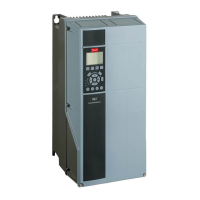
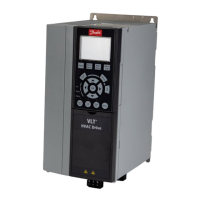

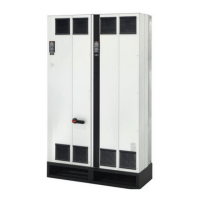
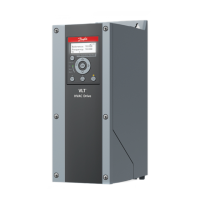
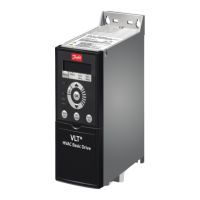
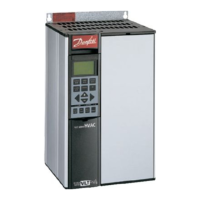
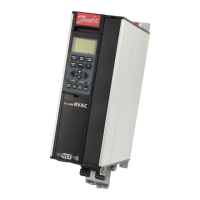
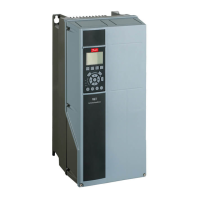
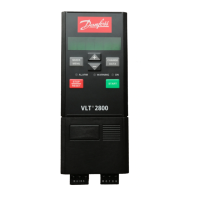


